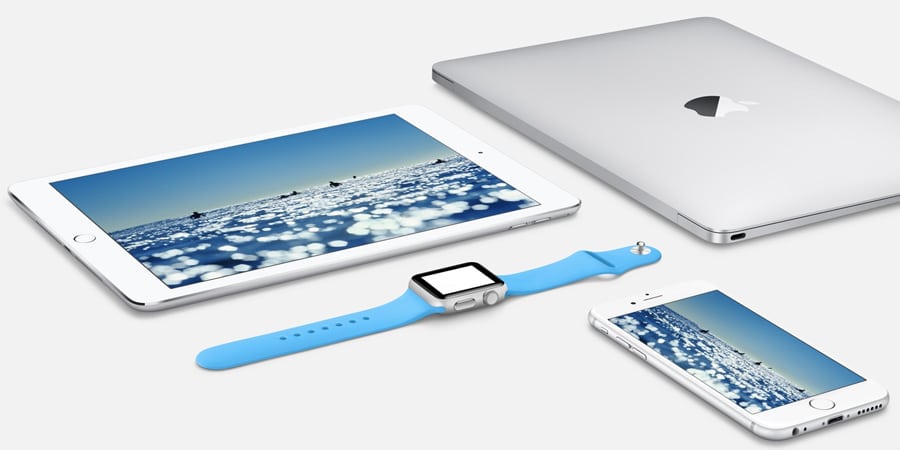How Keeping Things Simple Helps Build Brand Loyalty

The use of simplicity results in the elimination of confusion, the establishment of certainty and thereby increasing loyalty
The best brands are those that simplify your life. Consider tech giants like Google and Amazon, as well as mobile phone providers like Vodafone. They stand out from the crowd because they provide customers with exactly what they want, when they want it, with no effort on their part. These businesses acquire consumer loyalty by making their products and services easier to use in an increasingly complicated environment. This, in turn, boosts revenue and benefits the company’s stockholders.
Successful businesses naturally grow, which is great, but this always leads to an increase in complexity. Companies should strive for streamlined operations and transparent brand experiences. A top-down approach to simplification is essential. The top brass should be on board with simplifying operations. Brand purpose (what a brand does and why it does it) should be expressed in a way that is easily internalised by workers, and consumers should have a perception of a brand and its services that is consistent with this purpose. While it’s important to do some soul-searching to streamline and improve things, the needs of the consumer are what count in the end.
Simplicity is difficult to achieve, but it pays huge dividends for companies that succeed at it. The benefits to brands from keeping things straightforward are many. It has been found that simplicity not only increases client retention but also makes customers less price-sensitive and increases good word of mouth. Consumers are prepared to pay a premium for what they see as a distinctive and value-added product or service, and they are also more likely to promote a company that delivers such an experience. On the other hand, customers aren’t willing to pay more if they think a brand is too complicated to simplify or if they think that a brand’s category requires it to be simple.
New ground to conquer
The customer experience has become the new loyalty front. There is a win-win for everyone involved when a brand establishes a culture of simplicity. When companies give their employees the tools they need to come up with new ideas and provide great customer service, customers respond positively and show their gratitude by sticking with the company.
Simplicity is striking because it is so rare in a world full of complications. The result is an absence of ambiguity and the ability to choose a place of second-guessing. Customers’ trust and loyalty are enhanced when interactions with a brand are straightforward. What are the characteristics of an easily understood brand? Experiences that are remarkably clear and new. Clarity is the fundamental premise of simplicity, yet it isn’t enough on its own. True simplicity must bring forth moments of joy for the consumer. Design principles are frequently underappreciated and used just to cosmetically enhance an experience rather than reimagine it. Simplifiers have at their disposal a formidable weapon: design.
Here are some of the most important things companies can do to capitalise on simplicity:
Clear out the ambiguity
Clarifying their services and messaging is a simple way for many companies to simplify their processes. For instance, IHG’s several sub-brands (Six Senses, Regent, Holiday Inn, and so on) don’t spell out what kinds of brand experiences visitors may anticipate at each hotel in the chain.

The fact that companies are accountable for both creating and maintaining promises (in marketing) is a major roadblock to understanding (service). There will be misunderstandings among customers if the brand’s marketing and their experience aren’t consistent.
There is a continuous requirement to analyse and comprehend the customer journey due to the ever-changing nature of client behaviours and expectations. Is it simple to find who to talk to and how to get there? Do visitors have to go through many web pages to get the information they need? Customer service representatives should inform and help, rather than frustrate and confuse.
Discover how you can contribute.
To simplify, it helps to actively seek out opportunities to be of service. Brands can add value in two main ways: by adding new features to the main product or to the extras that come with the main product.
One of Apple’s original selling points was the simplicity of its devices’ interfaces. Apple faces the same problem as many other established brands: the innovations they pioneered are now expected from their competitors. Apple has to give careful thought to each product to ensure it serves a purpose and avoid the trap of releasing gadgets in a cycle that merely offers incremental improvements rather than offering new value for users.

Apple must continue to prioritise discovering answers to customers’ unarticulated requirements. The “positive” difficulty the company has is trying to perfect products that are already successful.
Use design to make people feel surprised.
To compete, some businesses need to generate moments of surprise and pleasure, while others may earn a simplicity premium by emphasising clarity and/or practicality. The power of design is a guaranteed approach to producing surprises via simplicity.
Amazon, famous for the “one-click” purchase, has continued to lead the way in simplification with products like the Echo.
To have an impact on the customer on an emotional level, it is important to use all three facets of design (product, graphic, and experience) effectively. The apex of simplicity is found in its capacity to fulfil latent, higher-order requirements.
The premium for simplicity has to be earned.
Brands are rewarded for taking unique methods to simplify a complicated environment, but not all brands get the same level of benefit. Customers want convenience, and they’re ready to pay more for it if it comes at the expense of complexity. However, this premium is only given to companies that make an effort to simplify.
It’s naive to advocate for simplicity if you have no plan to implement it. To succeed, leaders need to recognise and reward those who strive for simplification and learn from the many successful simplification initiatives already underway in a wide range of fields.
In today’s complicated environment, companies that invest in streamlining customer interactions with their brands will see a return on their money that is many times greater than the initial outlay.
The enemy of loyalty is friction.
Friction causes shockingly high rates of customer defection. It’s no surprise that productivity and economic development are lagging with all this conflict. Since business is being performed between unfamiliar parties, there is little trust and little motivation to get anything done.
To embrace usefulness, well-known businesses need only find points of friction in the buying or using processes that they can eliminate. Inquire as to where they might find greater ease and openness.
Reference
https://hbr.org/2012/05/to-keep-your-customers-keep-it-simple



